SLA 3D 프린팅 서비스
부품의 신속한 프로토타이핑 및 생산, 부품의 빠른 제작, 모든 부품에 대해 10일, 100% 검사 가능
ISO 9001 인증으로 모든 배치에 등급 품질을 제공합니다.
- 최소 주문 수량 없음
- 몇 분 만에 빠르게 제작 일수
- 신속한 프로토타이핑 및 전체 생산 실행
- 30개 이상의 금속 및 플라스틱 소재 사용 가능
SLA 3D 프린팅이란 무엇인가요?
스테레오 리소그래피(SLA)는 광조형이라고도 하는 래피드 프로토타이핑 기술의 일종으로, 약칭 SLA라고도 하며 SL이라고도 합니다. 이 기술은 가장 초기에 개발된 래피드 프로토타이핑 기술이며, 가장 심도 있고 성숙하며 널리 사용되는 래피드 프로토타이핑 기술 중 하나이기도 합니다.
광조형 기술은 주로 감광성 수지를 원료로 하여 특정 파장과 강도의 레이저(자외선)를 광경화성 물질의 표면에 집중시켜 점과 선, 선과 선이 순차적으로 응고되도록 하여 층 단면의 도면을 완성하는 방식입니다. 그런 다음 프린팅 테이블을 층 두께 단위로 수직 방향으로 올리고 내린 다음 다음 층을 조사하여 경화시킵니다. 이러한 방식으로 경화와 이동 과정이 한 주기로 완료되어 3차원 개체가 레이어별로 인쇄됩니다.
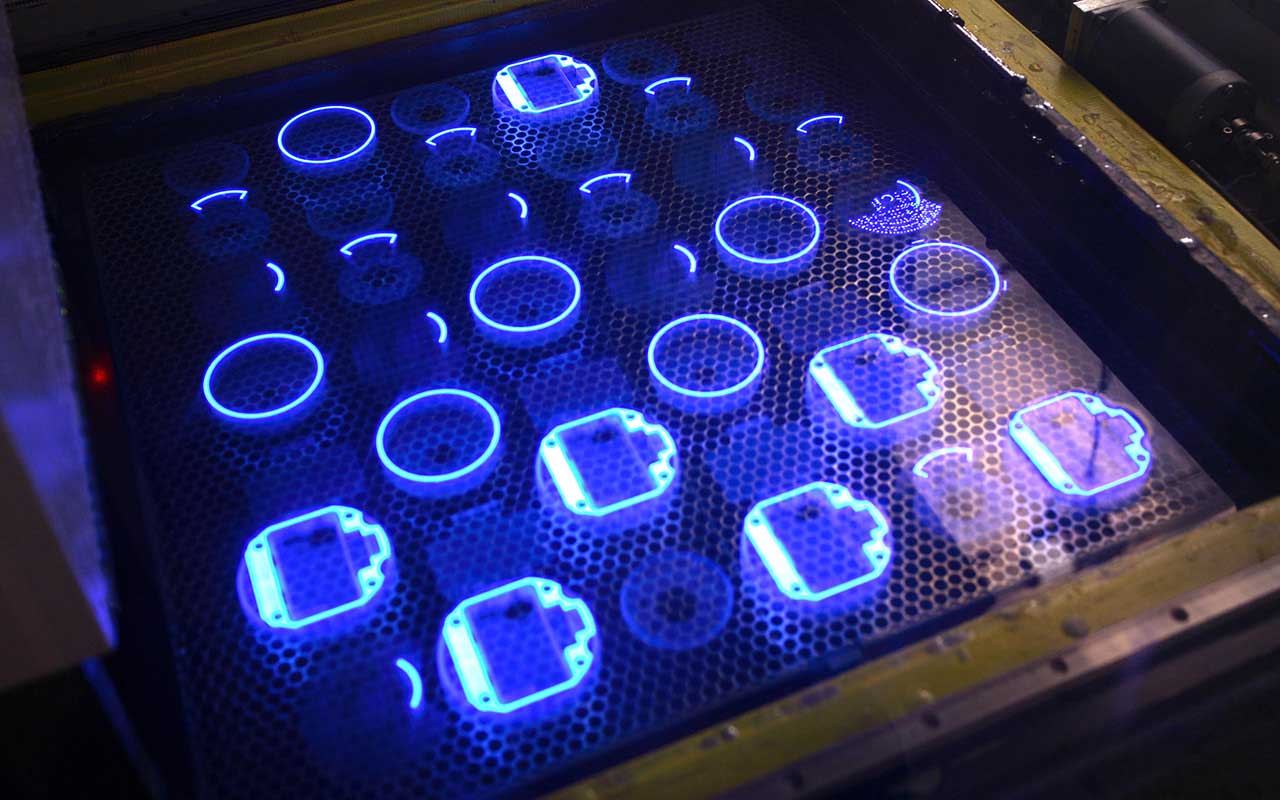
SLA 인쇄 기능
SLA 기술은 높은 정밀도, 우수한 표면 품질, 거의 놀라운 100%의 원자재 사용률이 특징입니다. 특히 복잡한 모양과 미세한 디테일이 있는 부품을 인쇄하고 제작하는 데 사용할 수 있으며 소형 부품의 신속한 프로토타입 제작에 매우 적합합니다. 하지만 장비와 프린팅 원재료 가격이 상대적으로 비싸다는 단점이 있습니다. 현재 SLA 기술은 주로 금형, 모델 등을 제조하는 데 사용됩니다. 동시에 원료에 다른 재료를 추가하여 인베스트먼트 주조에서 왁스 몰드를 대체하는 데에도 사용할 수 있습니다. SLA 기술은 인쇄 속도가 빠르고 정밀도가 높지만 인쇄 재료는 감광성 수지를 기반으로해야하고 감광성 수지는 경화 과정에서 필연적으로 수축하여 응력이나 변형이 발생하기 때문에 현재이 기술을 추진하는 데있어 가장 큰 어려움은 수축이 적고 경화가 빠르며 강도가 높은 감광성 재료가 절실히 필요하다는 것입니다.
SLA 기술은 탁월한 인쇄 정밀도를 제공하며, 종종 밀리미터 또는 마이크로미터 수준의 정확도를 달성합니다.
이를 통해 매끄러운 표면과 복잡한 디테일이 있는 모델을 만들 수 있습니다.
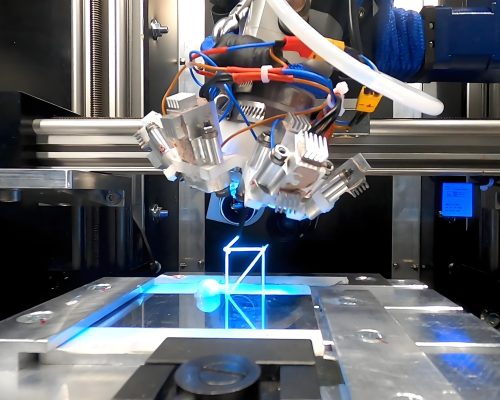
또한 SLA와 유사한 기술 원리로 인해 DLP(디지털 광 처리), LCD와 같은 일부 관련 기술이 개발되었으며, 점과 선, 선과 표면에서 점진적으로 성형하는 SLA와 달리 DLP 기술은 주로 디지털 마이크로 미러 장치의 동적 빛을 사용하여 수지 층을 동시에 경화하므로 인쇄 속도가 더 빠릅니다.
그러나 DLP 프린터는 픽셀화된 광 조사를 사용하기 때문에 레이어 가장자리에 '계단 계단'처럼 보이는 미묘한 아티팩트가 표시되어 성형 부품의 정확도에 영향을 미치며 성형 크기가 SLA보다 작습니다.
LCD 기술의 경우 DLP 기술의 광원이 LCD로 대체되었지만 인쇄 정확도와 인쇄 속도가 저하되고 LCD 화면의 수명이 일반적으로 길지 않다는 점을 간단히 이해할 수 있습니다.
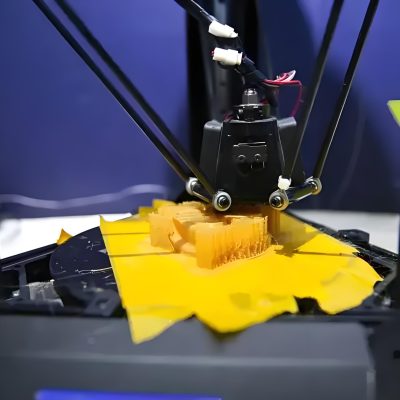
SLA 인쇄 기술의 장점
(1) SLA 기술은 일찍 등장했으며 수년간의 개발 끝에 높은 수준의 기술적 성숙도를 가지고 있습니다.
(2) 빠른 인쇄 속도, 편리한 감광 반응 프로세스, 짧은 제품 생산 주기, 절삭 공구 및 금형이 필요 없습니다.
(3)매끄러운 외관 질감. SLA로 제작된 부품은 매우 매끄럽고 매끄러운 외부 질감을 지니고 있어 시각적으로 매력적인 프로토타입을 제작하는 데 탁월한 선택입니다.
(4) 효율적인 재료 사용. SLA 프린터는 인쇄 후 잔여 재료가 거의 남지 않고 액체 수지를 효율적으로 활용하는 것으로 유명합니다. 이렇게 남은 수지는 재활용하거나 재사용할 수 있어 재료 낭비를 최소화하고 지속 가능성을 높일 수 있습니다.
(5) SLA 기술은 전체 빌드 볼륨에 걸쳐 일관된 고해상도 인쇄를 유지하여 대형 인쇄물에서도 균일한 품질과 정밀도를 보장합니다. 이 기능을 사용하면 복잡한 디테일과 매끄러운 표면을 만들 수 있어 최종 제품의 전반적인 품질이 향상됩니다.
(6) 높은 인쇄 정확도, 복잡한 구조의 프로토타입과 금형을 인쇄하거나 기존 기술로는 제작하기 어려운 금형을 인쇄할 수 있습니다.
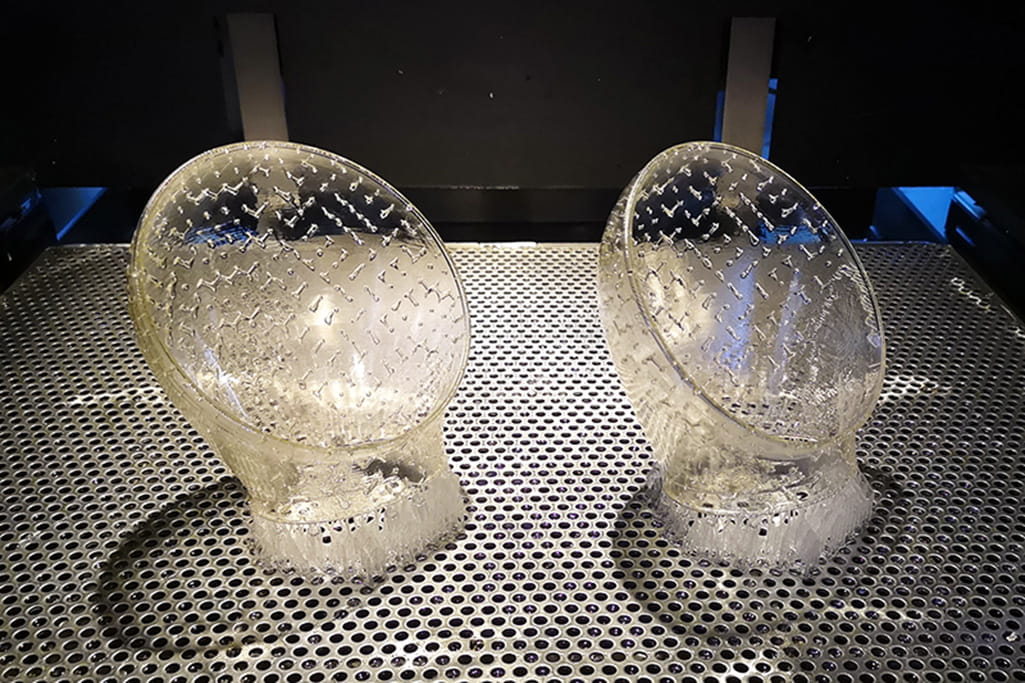
SLA 인쇄 기술의 단점
(1) 유독성 액체의 정밀한 작업이 필요하고 작업 환경이 까다롭습니다.
(2) 제한된 재료 옵션 및 UV 감도. SLA 인쇄는 주로 수지의 사용으로 제한되기 때문에 최종 제품의 강도, 강성 및 내열성이 제한될 수 있습니다. 이러한 제한으로 인해 SLA 인쇄 품목은 높은 내구성이 필요하거나 장기간 사용해야 하는 애플리케이션에 적합하지 않습니다. 또한 SLA 인쇄에 사용되는 특정 수지는 시간이 지남에 따라 변색, 표면 열화 및 구조적 약화로 이어지는 UV 열화에 취약할 수 있습니다. 이러한 UV 민감도는 특히 실외 또는 자외선 노출이 많은 환경에서 SLA 인쇄 부품의 수명과 사용성을 더욱 제한할 수 있습니다.
(3) SLA 부품의 취성. SLA로 프린트된 부품은 취성을 나타내는 경향이 있어 기능성 프로토타입에 적합하지 않을 수 있습니다. 이러한 특성으로 인해 내구성, 인성 또는 반복 사용이 필요한 응용 분야에는 SLA 프린팅이 적합하지 않습니다.
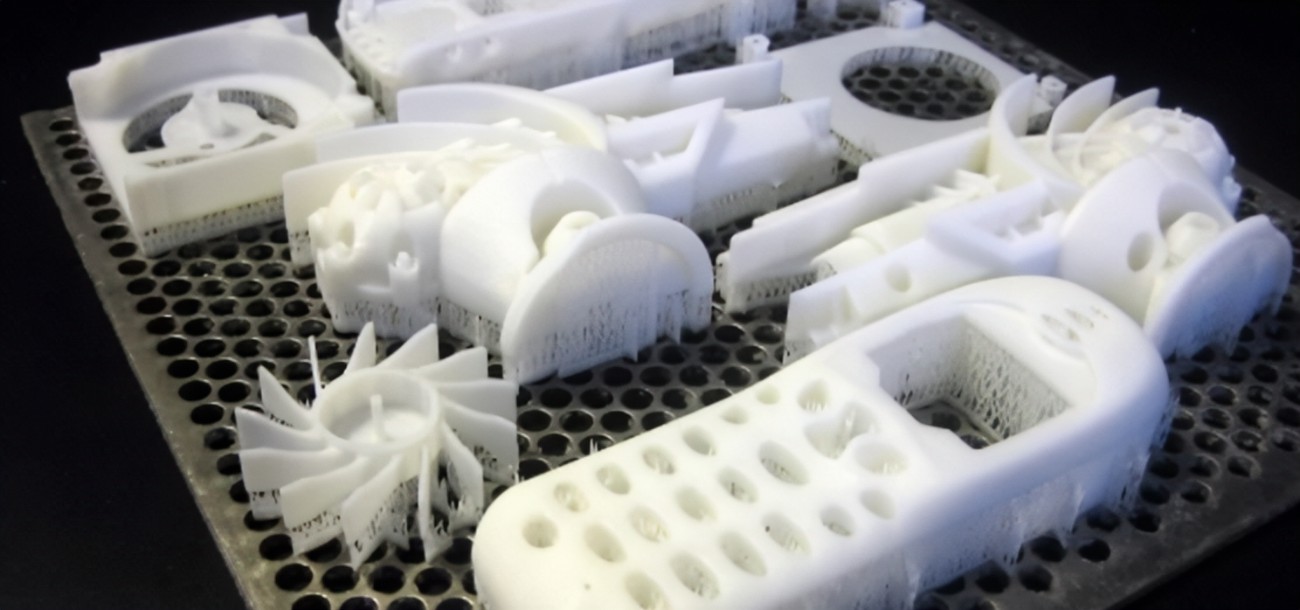
(4) 후처리 요구 사항. SLA 인쇄 부품은 경도 및 내구성과 같은 재료 특성을 향상시키기 위해 자외선을 사용한 후 경화 공정을 거치는 경우가 많습니다. 그러나 이 추가 단계는 경화에 추가 시간이 필요하기 때문에 전체 리드 타임을 연장할 수 있습니다. 또한 인쇄 공정이 복잡해져 전문 장비와 추가 인력이 필요하기 때문에 전체 비용이 증가할 가능성이 있습니다.
기타 제조 역량
당사는 3D 프린팅, CNC 가공, 진공 주조, 사출 성형 및 판금 제작을 전문으로 하며 다양한 재료와 표면 마감을 제공합니다.
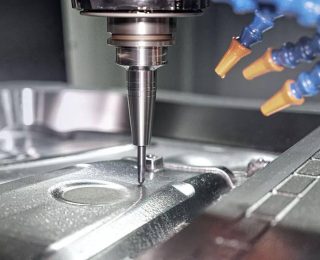
CNC 가공
당사는 밀턴 복합 머시닝 센터, 표준 3축, 연속 5축, 3+2축 밀링 머신, 50개 이상의 다양한 금속 및 플라스틱을 사용한 드릴링 및 후가공을 15개 이상의 표면 마감으로 제공하고 있습니다. 공차 ±.0000394"(0.001mm )
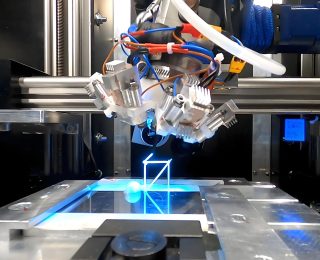
판금 제작
HOFeng은 로봇 CO2 용접, 로봇 연마, 로봇 레이저 용접, 레이저 플랫폼 용접, 레이저 절단기, 휴대용 레이저 용접, CNC 펀치 머신, 벤딩 머신, 자동 디버링 머신을 장착하여 대량 생산 애플리케이션에 대한 속도와 대처 능력을 향상시킵니다.
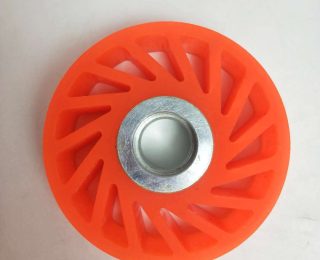
우레탄 주조 서비스
부품의 신속한 프로토 타이핑 및 생산을위한 제작, 10 일의 빠른 부품, 모든 부품에 대한 100% 검사, ISO 9001 인증은 모든 배치에 등급 품질을 제공합니다. 우리는 제품 개발의 폴리 우레탄 소재 전문가입니다.
